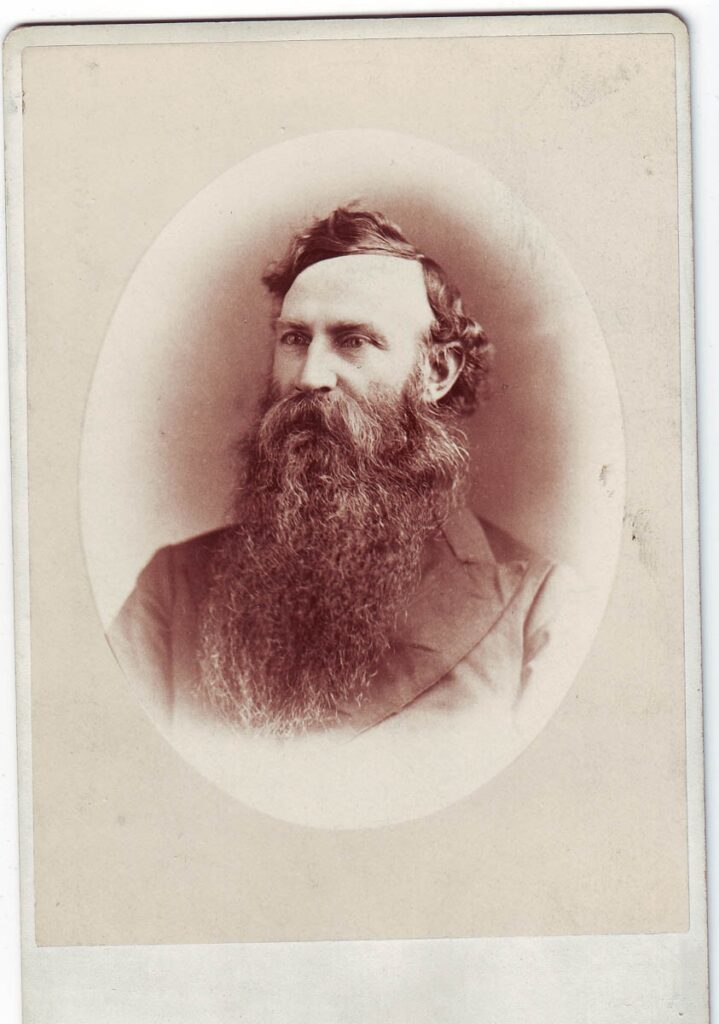“There’s a reason for our connection.” So says the poster at the entrance to the current exhibit by artist-in-residence Hannah Claus at Montreal’s McCord Museum. The exhibit focuses on several objects she found in the museum’s permanent collection, and her creative response to them.
I have a connection to one of those objects, so that connects me to Claus and her art, to my ancestor who once owned that object, and to the images my ancestor inspired me to create. Claus, a Montreal-based visual artist of English and Mohawk background, chose a number of objects in the museum’s collection and listened to what they said to her. “Materials have a language,” she writes in the exhibition notes. “They have a sensory language and rhythm that speak to me as an artist.” Then she created her own objects inspired by what she saw.
Through the process, she came to discover the innate links between objects and their makers, their collectors, ourselves and the world around us. “I understand through making,” she says.

One of the objects Claus chose for the show is a tiny beaded handbag. Its pink, white, blue, green and black beadwork is delicate and beautiful, and she was drawn to the repetitive curves of the pattern and the artistry of its indigenous creator.
I had an additional reason for wanting to see this handbag: it once belonged to my great-great-grandmother, Catharine Mitcheson Bagg (1822-1914). She gave it to one of her daughters, and a descendant’s widow recently donated it to the McCord.
Catharine Mitcheson grew up in Philadelphia, and married Montreal notary and landowner Stanley Clark Bagg in 1844. The bag is dated 1830 – 1850, so perhaps Catharine received it as a wedding present.

Museum, Notman Collection #71147
Writing about ancestors is similar to exploring relationships with objects. I daydream about these individuals and learn about the events that impacted their lives. Sometimes I feel deep connections with them. Hannah’s comments also help explain why people treasure objects they inherit from family members. In addition to their aesthetic properties, a teacup from a mother or a carpentry tool that belonged to a great-uncle can symbolize our connections with these people and help us understand their life experiences.
The exhibit also displays the art that Claus created as a response to the objects she chose.
The bag’s beadwork inspired her to create a display of shiny disks hanging on strings, and to riff on the patterns used in the handbag. This museum experience reminded me of my attempts to incorporate themes related to Catharine Mitcheson Bagg in collaged photo transfers done for an art class several years ago.
I had just started doing genealogy research at that time. The McCord Museum has copies of several letters Catharine wrote, and I photographed them because I was interested in what she had to say. In my art project, the letters became important as visual objects. I enlarged a photo of Catharine from my own collection of cabinet cards and framed it inside images of her handwriting.

In a second collage, I tried to connect Catharine to the place where she lived, starting with a photo of a painting of her. This painting of Catharine Mitcheson Bagg, done by artist William Sawyer in 1865, once hung in my grandparents’ dining room and now belongs to the National Gallery of Canada. I added a hand-painted photo of Fairmount Villa, Catharine’s home in Montreal, as well as a copy of a painting she did of her childhood home, Monteith House, in Philadelphia when she was young. In the background are snippets of old maps of Montreal.
Connections can be found everywhere when you look for them.
See also:
Janice Hamilton, “Reflections on a great-great grandmother”, Writing Up the Ancestors, April 14, 2014, https://www.writinguptheancestors.ca/2014/04/reflections-on-great-great-grandmother.html


